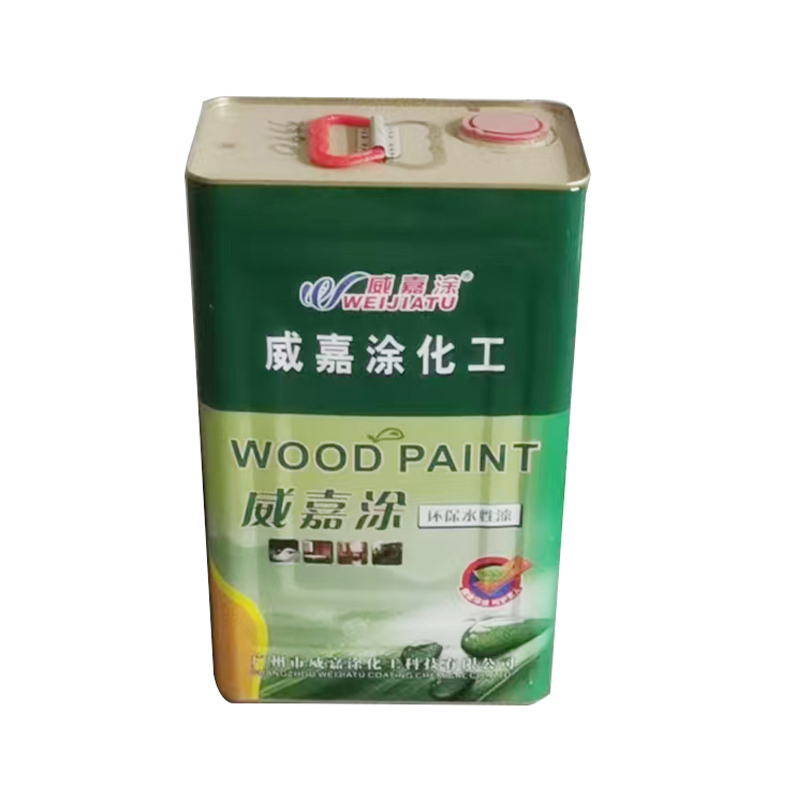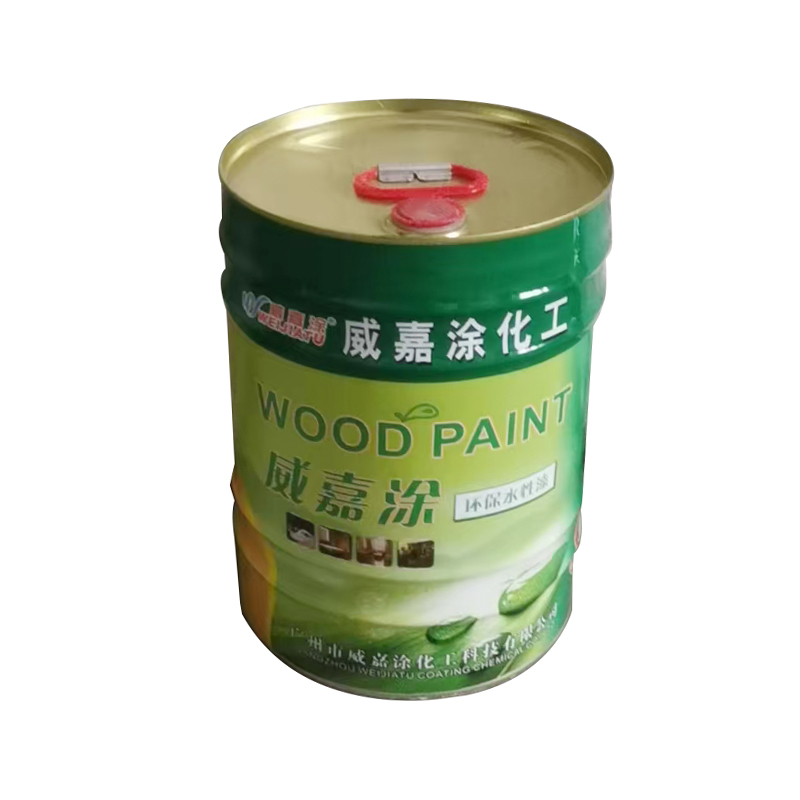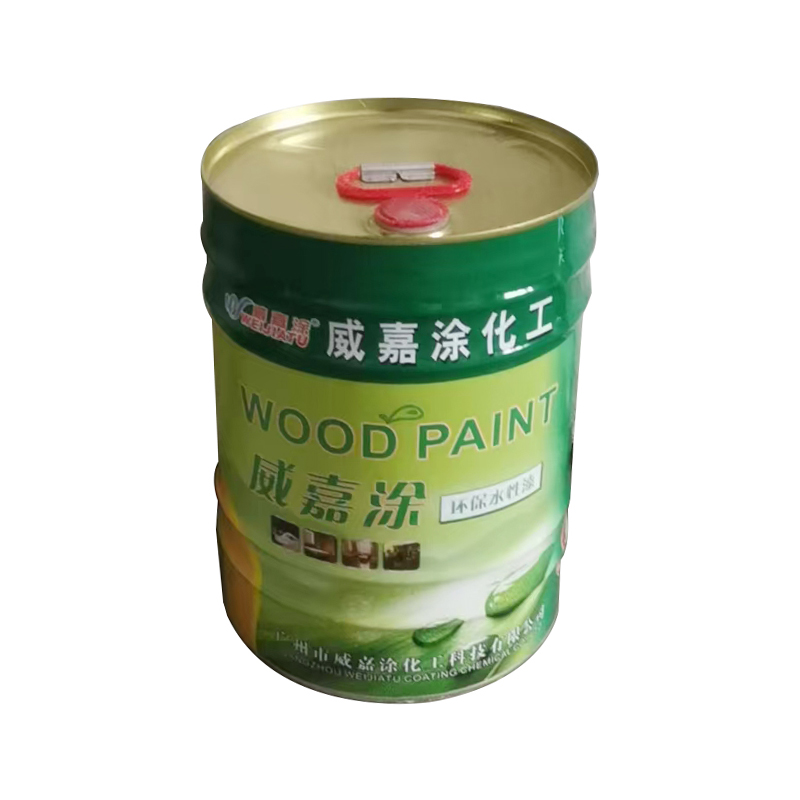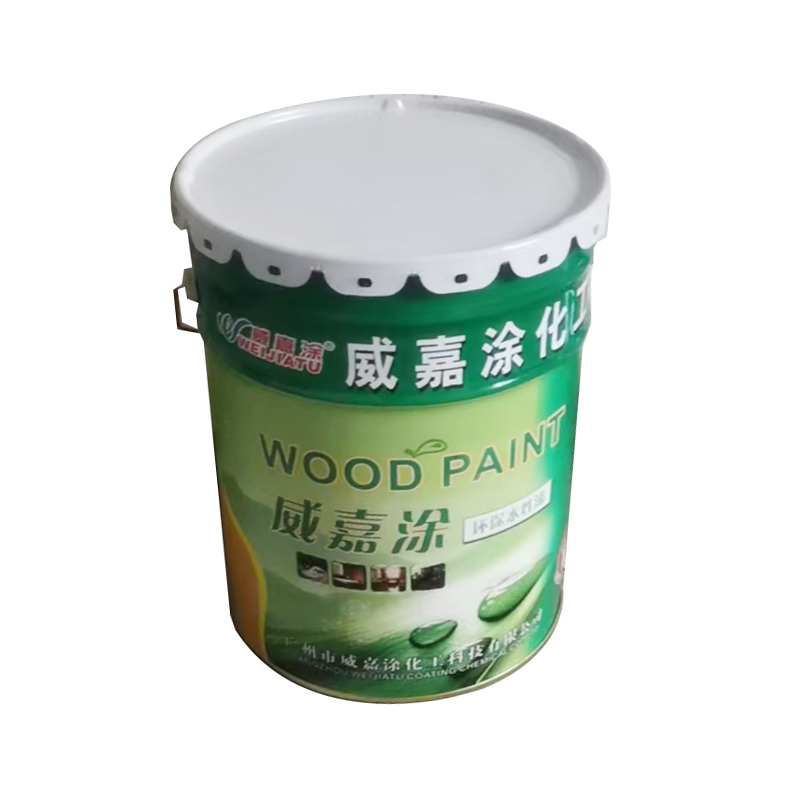How does a paint thinner achieve uniform thinning and avoid paint stratification or clumping?
Release Time : 2025-10-28
During the painting process, paint viscosity directly impacts spraying fluidity and film quality. Using stock paint directly often results in excessively thick coating, making atomization difficult and prone to defects like orange peel and sagging. In this situation, a paint thinner plays a crucial role—not only acting as a "mixer" to reduce viscosity but also as a key medium to ensure uniform and stable paint. A high-quality paint thinner specifically designed for BS topcoat achieves uniform thinning and avoids paint stratification or clumping, not by simply adding water or dissolving it. Instead, it achieves this through a combination of scientific chemical formulas and molecular-level synergy, ensuring that the paint achieves the ideal application condition from the inside out.
The key to achieving uniform thinning lies in precisely matching the solvent system. BS topcoat typically consists of resins, pigments, additives, and original solvents. Its molecular structure imposes specific requirements on the paint thinner's polarity, evaporation rate, and solubility. Specialized paint thinners utilize a complex solvent formula that is highly compatible with the original paint. They penetrate quickly into the paint, allowing the resin molecules to fully expand and breaking up any localized agglomerations caused by standing. This "wetting-dispersion-stabilization" process is completed quickly, ensuring a smooth, grain-free, and oil-free diluted paint with no surface scum or sediment.
The components in paint thinners are carefully blended to achieve a coordinated evaporation rate. If evaporation is too rapid, the paint thickens before even mixing, potentially leading to clumping; if evaporation is too slow, the application process can be disrupted. High-quality paint thinners balance the ratio of fast-, medium-, and slow-evaporating solvents to ensure a stable flow after stirring, allowing for ample mixing time. They also allow for gradual release after spraying, preventing solvent stagnation and foaming. This "time management" ensures a smooth and controlled dilution process.
Furthermore, paint thinners offer excellent stability and contain no moisture or impurities, preventing resin precipitation or flocculation due to the introduction of foreign matter. When mixed with the topcoat, the original emulsion or suspension system is not disrupted, ensuring that pigment particles remain evenly dispersed in the solution, preventing aggregation and settling due to dilution. Even after prolonged stagnant conditions, the paint solution remains homogeneous, and gentle stirring restores workability without the need for repeated filtering or re-mixing.
The adaptability of the application process also enhances the dilution effect. The paint thinner's ratio to the BS topcoat has been proven in practice; simply adding the recommended ratio achieves the ideal spraying viscosity. This eliminates the need for trial and error, reducing the risk of overdosing or uneven mixing. During mixing, the paint thinner quickly blends with the base paint, eliminating noticeable delamination or oily rings, resulting in a silky-smooth texture and paving the way for subsequent spraying.
Ultimately, uniform dilution is not just about sprayability; it's about effective spraying. It ensures a continuous and consistent paint film, ensuring even thickness and sharp edges with each coat, reducing the need for re-spraying and sanding. At the invisible molecular level, paint thinner acts as an invisible blender, communicating with the topcoat using precise chemical language, dissolving its viscosity and awakening its fluidity. It doesn't alter the paint's essence, but rather unleashes its full potential—a mirror-like finish quietly formed from a seemingly ordinary bottle of paint thinner.
The key to achieving uniform thinning lies in precisely matching the solvent system. BS topcoat typically consists of resins, pigments, additives, and original solvents. Its molecular structure imposes specific requirements on the paint thinner's polarity, evaporation rate, and solubility. Specialized paint thinners utilize a complex solvent formula that is highly compatible with the original paint. They penetrate quickly into the paint, allowing the resin molecules to fully expand and breaking up any localized agglomerations caused by standing. This "wetting-dispersion-stabilization" process is completed quickly, ensuring a smooth, grain-free, and oil-free diluted paint with no surface scum or sediment.
The components in paint thinners are carefully blended to achieve a coordinated evaporation rate. If evaporation is too rapid, the paint thickens before even mixing, potentially leading to clumping; if evaporation is too slow, the application process can be disrupted. High-quality paint thinners balance the ratio of fast-, medium-, and slow-evaporating solvents to ensure a stable flow after stirring, allowing for ample mixing time. They also allow for gradual release after spraying, preventing solvent stagnation and foaming. This "time management" ensures a smooth and controlled dilution process.
Furthermore, paint thinners offer excellent stability and contain no moisture or impurities, preventing resin precipitation or flocculation due to the introduction of foreign matter. When mixed with the topcoat, the original emulsion or suspension system is not disrupted, ensuring that pigment particles remain evenly dispersed in the solution, preventing aggregation and settling due to dilution. Even after prolonged stagnant conditions, the paint solution remains homogeneous, and gentle stirring restores workability without the need for repeated filtering or re-mixing.
The adaptability of the application process also enhances the dilution effect. The paint thinner's ratio to the BS topcoat has been proven in practice; simply adding the recommended ratio achieves the ideal spraying viscosity. This eliminates the need for trial and error, reducing the risk of overdosing or uneven mixing. During mixing, the paint thinner quickly blends with the base paint, eliminating noticeable delamination or oily rings, resulting in a silky-smooth texture and paving the way for subsequent spraying.
Ultimately, uniform dilution is not just about sprayability; it's about effective spraying. It ensures a continuous and consistent paint film, ensuring even thickness and sharp edges with each coat, reducing the need for re-spraying and sanding. At the invisible molecular level, paint thinner acts as an invisible blender, communicating with the topcoat using precise chemical language, dissolving its viscosity and awakening its fluidity. It doesn't alter the paint's essence, but rather unleashes its full potential—a mirror-like finish quietly formed from a seemingly ordinary bottle of paint thinner.







